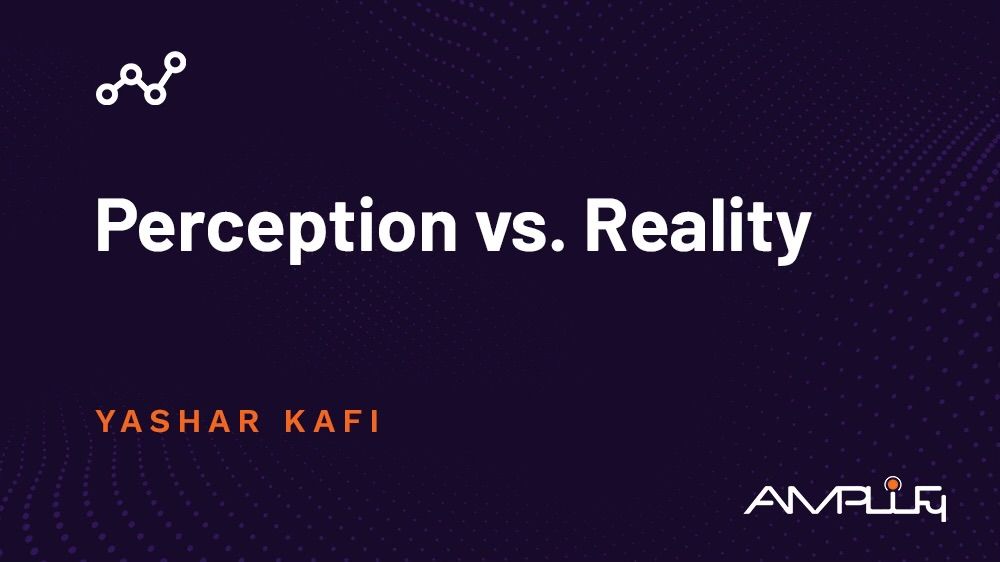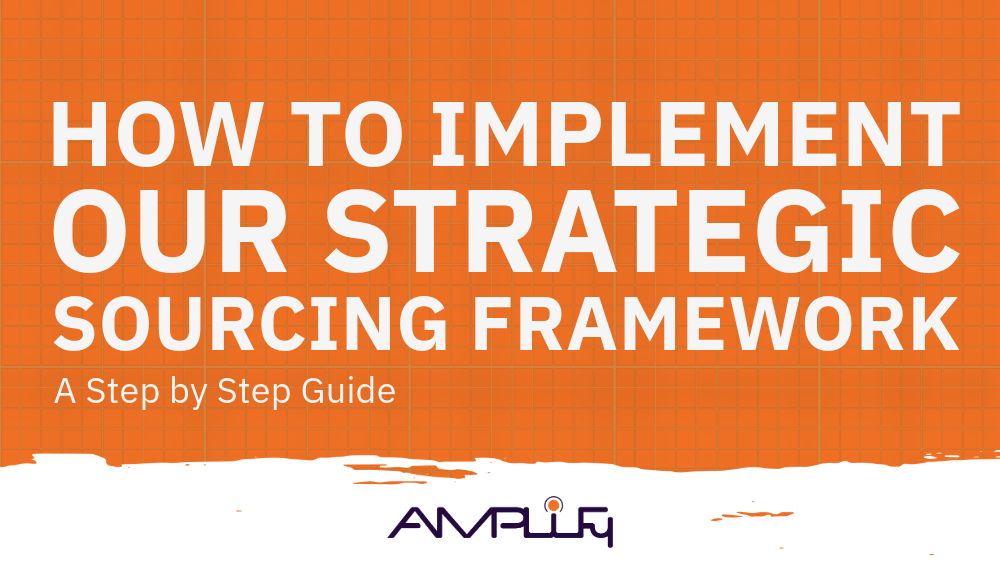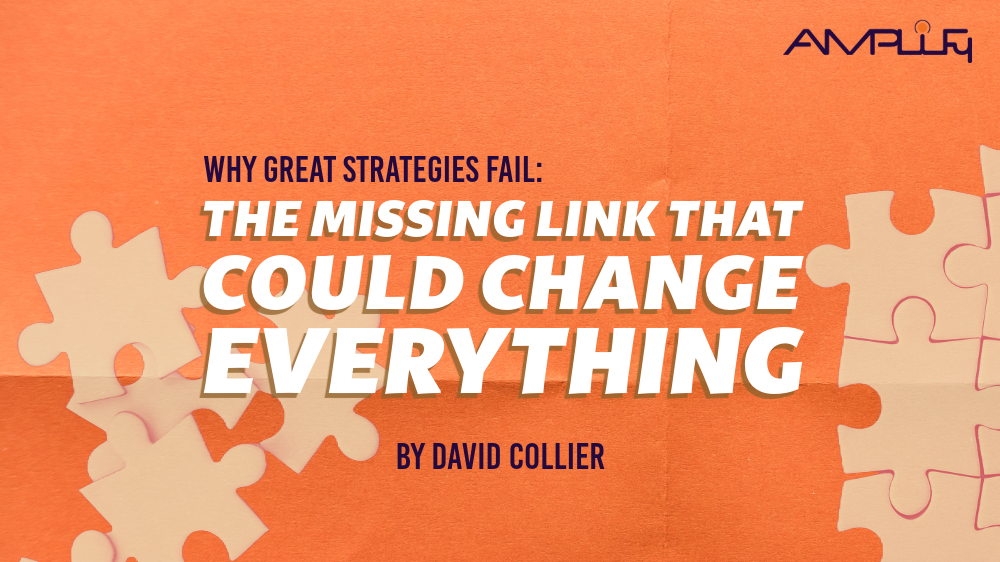Perception vs. Reality
We have all heard the saying: “perception is reality.” Not only does this ubiquitous phrase influence our relationship with the world, but it also affects our relationship to business. That is because this phrase
can be used to justify ideas or beliefs that are otherwise unjustifiable or to assert that everyone has equal claim to the truth of a situation. Sometimes, it is
another way to say: “the customer is always right.” Nevertheless, the idea that perception is reality—be it the internal perception of a business or the external perception of a customer—is often a compelling claim.
One reason many of us think that perception is reality is because
we believe our minds are the primary way in which we engage with the world. Although this is true in many instances, we often overlook the non-mental aspects of our lives. For example, in an article for
Scientific Reports, researchers measured the physiological abilities of London hedge fund managers. What they discovered is that those managers who were best at measuring their heartbeats without touching their own bodies were far and away the best traders. These results suggest that when we have a better innate sense of our relation to our bodies instead of our perception, we are more successful
in
reality.
However, there is a critical component missing from this equation—and that is perspective. Let us return to the example of London hedge fund managers. In this case,
reality could be located in the objective changes to stock prices and the exchanges occurring on the floor.
Perception was found in the ability for each of these managers to anticipate and execute successful strategies (while also calming their bodies). But
perspective was only possible on the part of the scientists who were able to utilize clear judgment while observing the internal and external factors that affected trading. In the world of business, we have a name for these sorts of observers: we call them consultants.
What is the benefit of working with consultants? Working with a quality consultant allows you to gain perspective on the issues your business faces from a position outside the lens of your own perception. One huge issue with perception is that we are
heavily influenced by our past experiences, no matter whether those experiences were good or bad. This leads us to applying lessons we have learned from our experiences in either inappropriate or inopportune moments.
The other benefit of working with a good consultant is that it will help you learn perspective. This allows you to
break old habits and develop flexibility to flourish as a business. It is immensely difficult to obtain the perspective you need to recognize which processes are no longer serving your organization. Similarly, these entrenched habits make it harder to break out of the status quo and respond to each new challenge as it arises. Without a keen sense of flexibility, it is difficult to focus on what really matters.
Finding an edge in business requires every advantage possible. This means understanding the perception, reality and perspective of every situation and relying on trusted consultants when you can. Do not overlook the fact that, for many, perception is reality—and remember that there is always a truth of the matter, no matter how difficult it might be to find.
If you’re ready to get some perspective on your business, Amplify is here to help.




